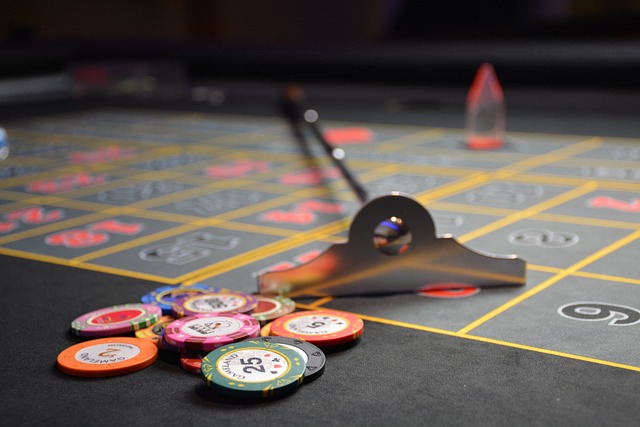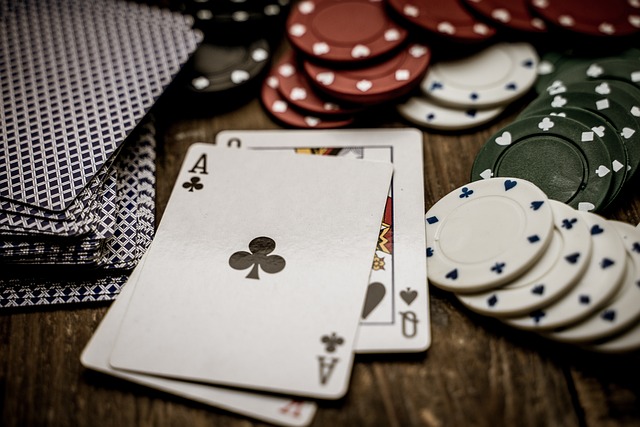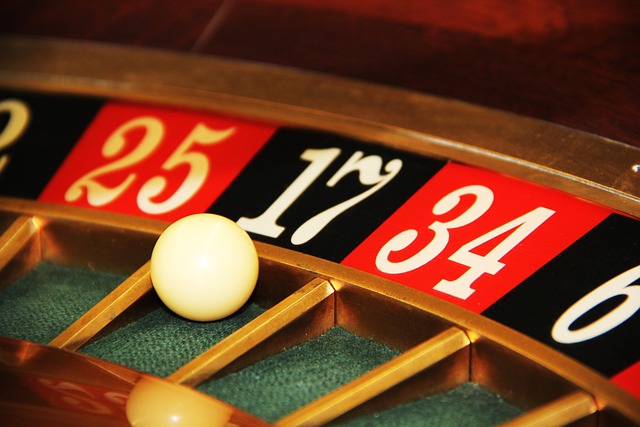Walk into any major casino and you’ll be engulfed in a world of vibrant colors, flashing lights, and the enticing sounds of machines echoing throughout the sprawling room. This carefully crafted environment isn’t a mere coincidence; it’s the result of deliberate design choices aimed at keeping visitors engaged and playing longer. The interior design of casinos is a subtle psychological maze, with every element from carpet patterns to ceiling height playing a role in the gaming experience.
At first glance, casino floors might seem randomly organized, but they’re actually designed to guide players through the space, offering glimpses of games at every turn. The paths meander in such a way that one is constantly presented with different gaming options. This setup makes exiting the floor seem like less of an obvious choice compared to the myriad of games that invite guests to try their luck. The lighting, too, is finely tuned; with a warm glow that encourages comfort and relaxation, while still being bright enough to reduce the sense of time passing.
Sound is another critical tool in the casino’s arsenal. The cacophony of slot machines, the cheers of winners, and the clatter of coins are all sounds of success, and they create an illusion that winning is more common than losing. This auditory stimulation works hand-in-hand with the visual spectacle of flashing lights, which signal jackpots and wins, no matter how small, ensuring that the energy levels remain high.
Furniture and decor in casinos also play a pivotal role. Luxurious carpets and upholstery signify a high-class environment, promoting a sense of value and quality, subtly encouraging visitors to stay and play. Seating is comfortably designed to ensure that once a player sits down, they’re more likely to stay seated for longer periods of time.
The absence of clocks and natural daylight is another notorious design trick. Without the cues of natural light changes or the presence of clocks, it’s easy to lose track of time, encouraging players to continue gaming. Temperature is also controlled with precision, maintaining a slightly cool environment that keeps players alert and refreshed, forestalling fatigue.
Furthermore, casino interiors are often thematic, offering an escape from reality. Whether it’s the opulent Roman Empire, the enchanting Las Vegas strip, or the allure of vintage luxury, the themes are immersive experiences that transport visitors to another place and time. This sense of escapism can be a powerful motivator for players to stick around and immerse themselves in the gameplay.
Casinos also understand the power of reward and they manifest this through their loyalty programs. As players spend more time and money, they are rewarded with complimentary services, often known as ‘comps.’ These can range from free meals to hotel rooms, and they serve to make players feel valued, encouraging them to stay longer and return in the future.
As for the digital realm, the same principles of design apply to online platforms, where the virtual environment of a website like National Casino is tailored to create an engaging user experience that simulates the thrill and exclusivity of a physical venue.
In conclusion, every detail in a casino’s interior is an intentional part of a larger psychological strategy aimed at maximizing the time and money players spend on the floor. From the sensory stimulation to the lack of time indicators, these environments are sophisticatedly designed to charm, entice, and envelop visitors into staying and playing just a little bit longer.




